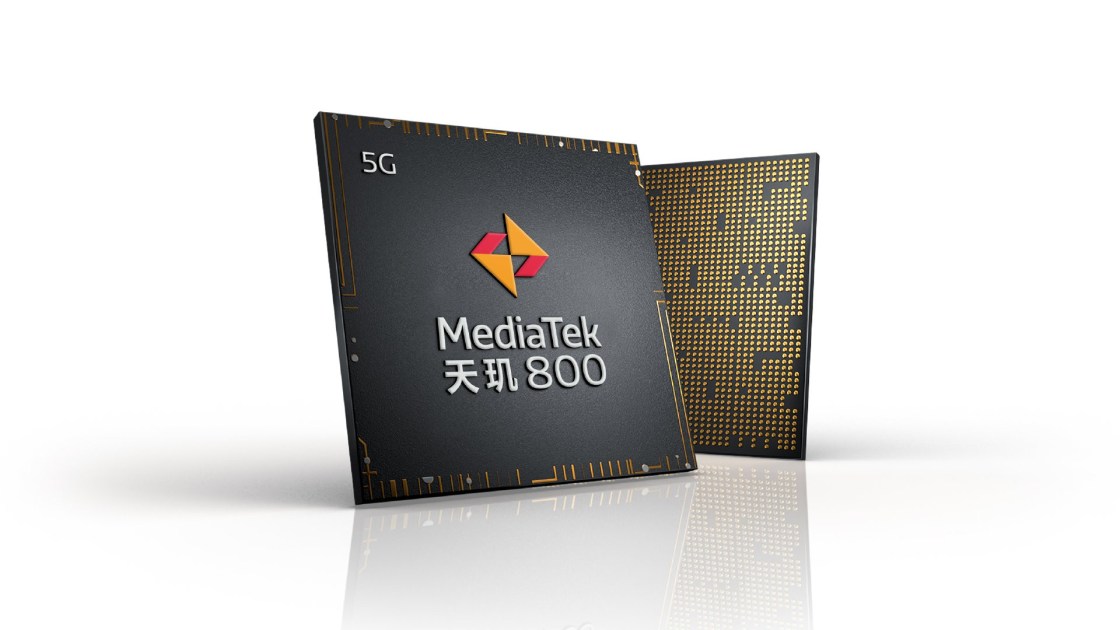At CES 2020, Mediatek officially unveiled the Dimensity 800 Series of SoCs. This will pave way for 5G prowess to mid-range stack. We first came to know about its presence from the Product Communication Conference, held in December last year. With the new offering, Mediatek vaunts better performance and energy efficiency.
This, of course, comes on the heels of Mediatek’s crown jewel – Dimensity 1000. And as you can deduce from the moniker, the new silicon will be a dialed down variant of the former. That said, there is support for integrated 5G modems and sub-6GHz. Let’s see what else it brings onboard.
ALSO READ: Snapdragon 865 vs Apple A13 Bionic vs Kirin 990 vs Exynos 990 vs Dimensity 1000
MediaTek Dimensity 800 Highlights
Due to the native integration to the 5G modem, the size of the silicon is said to be relatively smaller. This means platform power savings compared to the two-chip structure in the competition.
The 5G support comes with two carrier aggregation (2CC CA), which would apparently bring about 30 percent wider high-speed layer coverage, smoother 5G handover, and higher average throughput performance compared to the single carrier (1CC, no CA).
Coming to Sub-6GHz spectrum bands, the download speeds can peak up to 3.5Gbps. This is backed by Dynamic Spectrum Sharing, which lets your devices to seamlessly switch betwixt 4G and 5G networks and tap into 5G using the 4G assets.
This means newer communication avenues such as Voice over New Radio (VoNR), including both data and voice on 5G.
Specs-wise, the Dimensity 800 Series nests four big Arm Cortex-A76 cores operating up to 2GHz, with four power-efficient Arm Cortex-A55 cores operating at up to 2GHz. This is bolstered by Dimensity 1000-class GPU IP and the company’s in-house Dimensity 1000-class GPU IP.
Further, you also get MediaTek’s APU 3.0 (AI Processing Unit) pushing up to 2.4TOPs performance. The inherent image signal processor (ISP) supports up to four concurrent cameras, which can be either a 64MP sensor or multi-camera options such as 32+16MP dual cameras.
This is aided by AI-camera enhancements such as AI-autofocus, auto exposure, auto white balance, noise reduction, high-dynamic-range (AI HDR) and dedicated facial detection hardware, along with the world’s first multi-frame 4K video HDR capability (Video HDR).
Matching the trend, there is even support for up to 90Hz refresh rate displays.
ALSO READ: CES 2020: Biggest Announcements
The initial batch of devices bearing the Dimensity 800 Series chips are expected to arrive in the first half of 2020.
